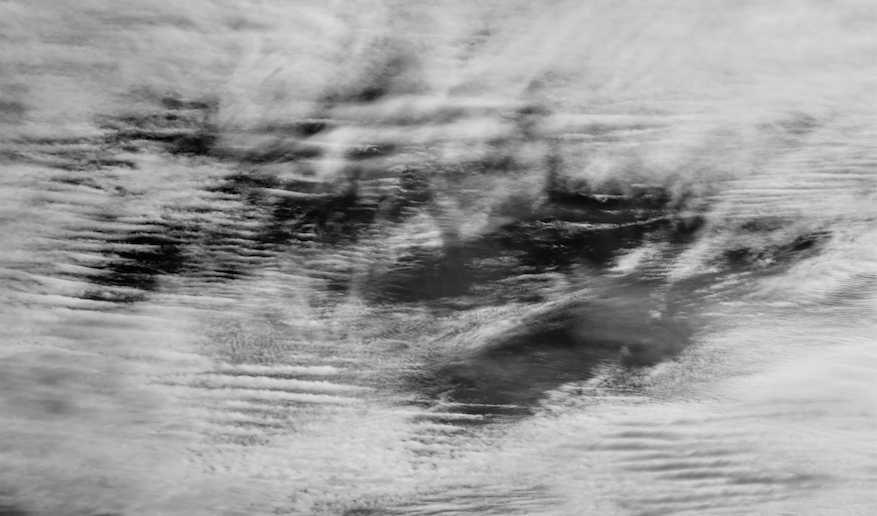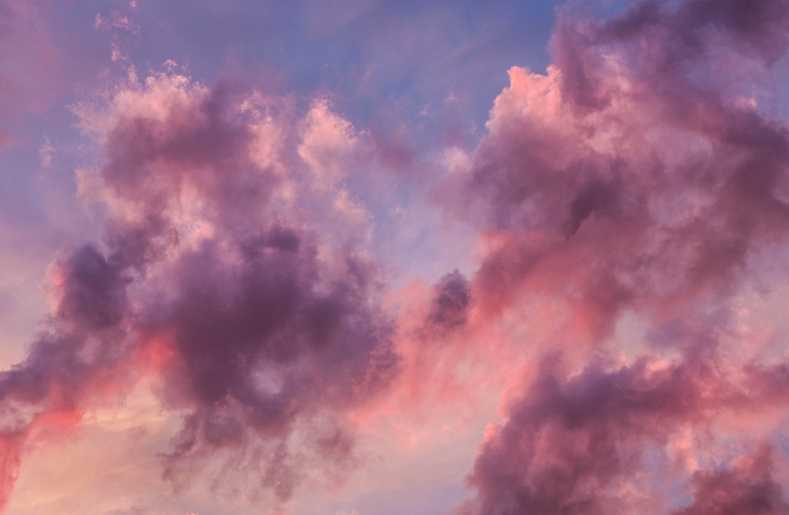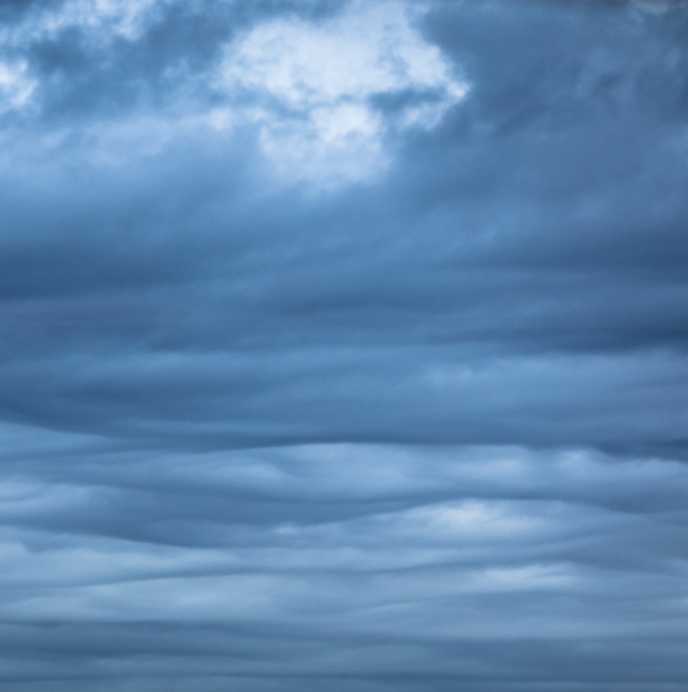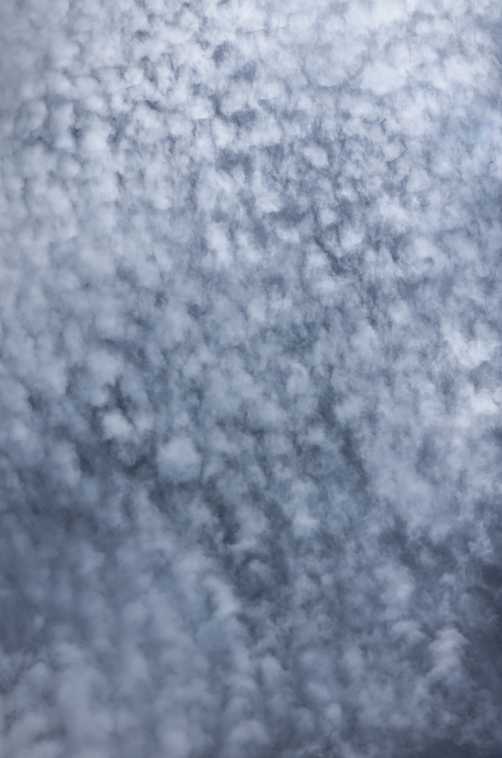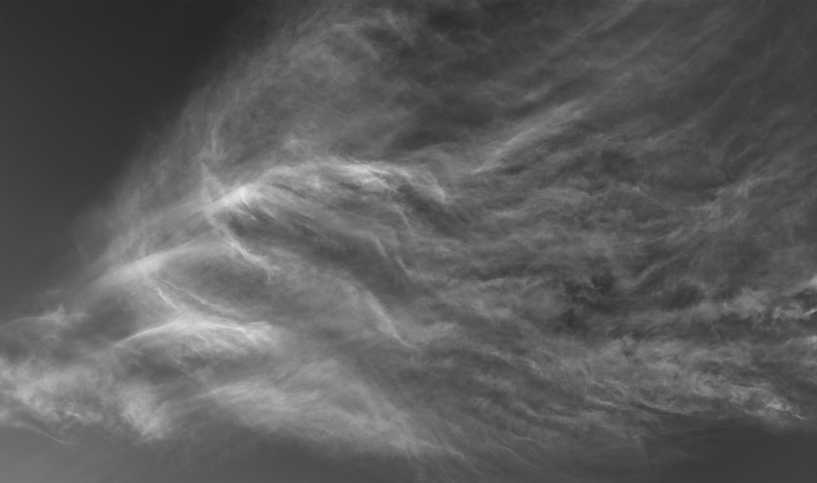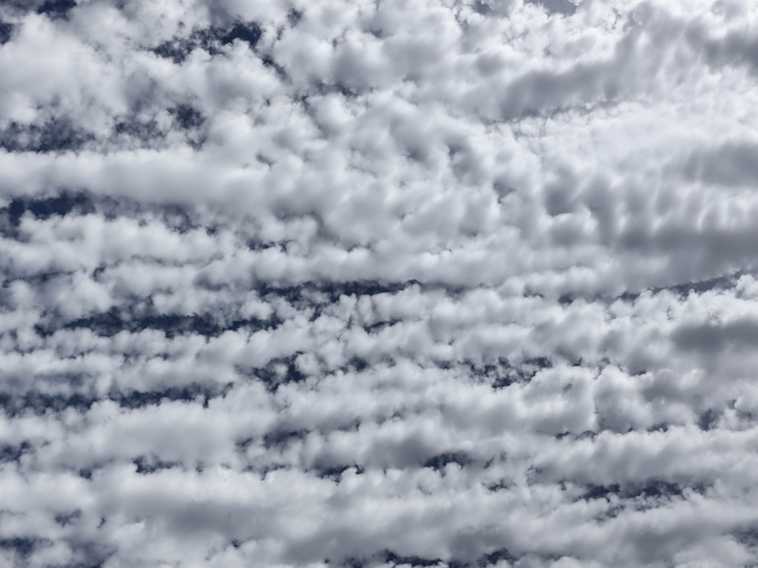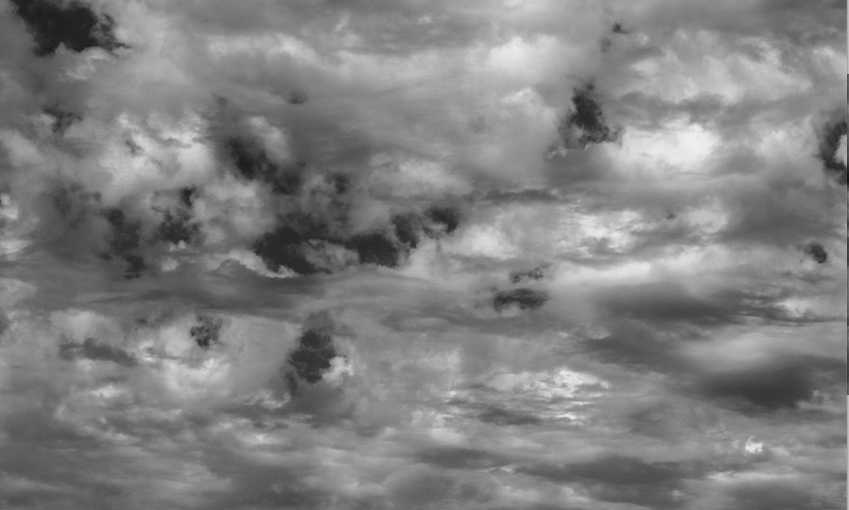Forum Replies Created
-
AuthorPosts
-
 Michael LerchParticipant
Michael LerchParticipantHans, yes, grey tones buried in the dark reveal them selves with judicial use of LR ‘clarity”. The Canon 6D camera has a CMOS that is more sensitive to the Infra Red part of the spectrum. Astronomers like the camera because it picks up so much of the unseen in the Universe around us. When shooting clouds with it and the processing the photos, its almost like magic to watch the invisible come to light with “Clarity”
Arizona B&W#172

 Michael LerchParticipant
Michael LerchParticipantDonnatella,,Yes wind is the tell on the identity of the cloud phenomena you photographed. The lower dark clouds show being shaped and pushed by the wind. So is the lenticular cloud formed by wind. Pileus is the product of a cloud, generally a fast rising cumulonimbus or convectus , compressing the moisture out of the atmosphere above. So winds tend not to make pileus as much as fast and furious rising columns . Winds actually destroy the delicate veil like mist created by compression.
 Michael LerchParticipant
Michael LerchParticipantArizona Sunset #513

 Michael LerchParticipant
Michael LerchParticipantDon..I have always preferred a telephoto Zoom lens for shooting clouds..What I find interesting enough to photograph usually doesn’t last long enough to change lens. I like my 28 to 300 zoom lens a lot. I have a 17 to 40 that is 2nd favorite. But in either case, once the lens is on the camera body, its a long time before it comes off. I shoot with no filters except what I pre-program into the camera’s operating system. I have “choices” pre programmed into the menu listings..contrast, saturation, sharpness, etc are varied for each listing (landscape, portrait, auto, standard,faithful,neutral, monochrome etc.) So as conditions change I can quickly change to a menu listing that is better suited to record the condition.
I also prefer to shoot with the light metering in “spot” mode. Generally this gives me the ability to capture details in the highlites..because where i focus ( also where the spot light metering is taking place) is the brightest or a brite portion of the photograph, where the eye should go to or end up as it scans across the photo. So focus, light metering for exposure, and creative eye direction is all within one capture moment , again, helping the quick taking of an elusive moment. Generally spot metering on the britest portion will tend to give underexposed dark areas and depending on pre programed choices, some what flat original images. I like that so I can bring up the contrast, saturation etc to my liking as I process the photos. Im not a strict adherent to the the Photograph being made in the camera school. Digital has made processing a lot of fun.
For lightning photographs..I take movies and then take a lone photo or two or three from the movie segments for still photographs. They have tetrabyte memory cards now so movies are no longer a storage problem. Have a few or more batteries.Re-charging them is a discipline. I like to count off seconds between strikes, establishing an average time between strikes. Then start recording a movie a few seconds before the next average bolt strikes. If your lucky enough to record a storm where bolts are almost constant just let the movie go!
Because of the distances, I need all the F stop ( depth of field) I can get. I start at f11 and prefer to go as far as I can while maintaining at least 1/30th of a second exposure time minimum. Any slower than that takes a tripod or a breath control exercise and some meditation. I sometimes move the asa up to keep a usable exposure time, especially on sunsets. But again, timing is important so keeping the amount of adjustments to a minimum is critical to capturing the best of what you see. Every cloud seems to have curve , that begins with it being created or coming in to view, then formed to maturation or the best its going to be and then deteriorates in ragged broken up mist..Theres only so much time so I like to be spending as much as that taking photos rather than making adjustments, changing lens, etc. Have as much pre-programmed so the only thing taking valuable time is making a choice.If you take a lot of pictures of one cloud or phenomena..be sure to make each photo different,,exposure, composition, etc. That way you will always get at least one great shot per session.
Like Texas, its Big Sky out here. You are already ahead of a lot of folks in appreciating the natural canvas that is the Southwest.
 Michael LerchParticipant
Michael LerchParticipantArizona Color #814

 Michael LerchParticipant
Michael LerchParticipantThanks Keelin! Adobe Lightroom has an amazing tool called “Clarity” which seems like a perfect tool made for Cloud photography. Clouds are notoriously low in contrast or just the opposite, very high in contrast depending on the time of day. While processing the shots, a “normal” amount of contrast can be adjusted to effect the pictures over all range from black to white. But “Clarity” works the contrast between a dark pixel and its neighbor ,say, a white pixel..Thats a general description but the tool definitely turns mush into a clearer ,sharper presentation. Matter of fact I shoot a lot as “flat”, low contrast, especially seeing how “Clarity” helps with clouds like Asperitas . The other side of Clarity is that it can contribute to “noise” ,the digital equivalent to analogue “grain”. So I usually shot at 200 asa or lower to control the “noise’ increase when perhaps a lot of clarity is required. Its fascinating the difference of “clarity” may be needed in how much pre programed contrast, saturation etc is set for. Experiment experiment experiment is all I can say. The rite combination for the kind of clouds and time of day can be found, giving anybody the ability to turn mush into somethin worthy to be framed and hung on the wall.
Arizona B&W#171

 Michael LerchParticipant
Michael LerchParticipantDon..I live in Phoenix..August has been The Monsoon Month for the Upper Sonoran Desert that makes up a large part of Arizona. The Monsoon season usually begins by the 2nd week of July and begins fading away by the 2nd week of September. Monsoon season is made possible by a “High Pressure” establishing it self over the 4 Corners area ( Utah, Az, NM and Colorado meet there) That High Pressure eventually acts like a pump, that pumps up moisture laden atmosphere from equatorial regions. That hot moist atmosphere usually comes up from the southwest and travels in a northeasterly direction. So,,where the highest frequency of storms are, can be determined where that High Pressure center is located. There is the guessing game.
But usually, the hills (Mogollon Rim, Harquahala Mtns, White Mtns etc) are busy with very local storms almost every day. Its my observation that the conditions in Phoenix take about 4 to 5 days to build up and have Monsoon storm break into the Valley. High Temps build up the pull of moisture laden air. A storm may cool things down and then the cycle starts over again…But,,somewhere along the Mogollon Rim gets rain , somewhere in the Desert gets rain just about every day. Where becomes evident by 2-3 pm and is usually dumping its havoc anywhere from 4pm to 10 pm or so. But it can also storm all nite or all day., especially if a hurricane establishes itself on the west Mexico coast.
I use to work on the north east edge of the Valley.,,Mesa,Apache Junction. During Monsoon season there was that cyclical build up and dump in plain view. Again,recollection and photo dating over the years are good only as averages. Specifics are problematic and thats why AH gave up. Also ,being in the middle of a 50 yr “Draught” cycle didn’t help them. If the High Pressure moves to the east just 50 miles the Monsoon season for Phoenix area can be thwarted. Same for any North , South or West movement. Its kind of delicate . But there are always certainties. The desert between Tucson and Phoenix will get quite a few “storms or cells.” Between Yuma and Phoenix , (a large area) theres Monsoon activity daily.
I mite ask..do you have a RV, even if its a modified van.? Rent one is always an option. The ability to move around is key to witnessing the storms. Its just,,theres not a lot of civilization out there where the storms are gathering. You have to bring everything with you.
The other thing is..how is your health? It has to be considered. 110f and 35% humidity is burdensome. Its very uncomfortable. Its a strain on a system that may already be under strains from other causes. It may cool off to only 105f but the humidity is always there and it takes some getting use to. The “low” for the day, rite before sun up..can be in the 90s…
But..as you probably know and are motivated by..the drama can be spectacular. The daily build up of cumulonimbus along the Mogollon Rim is quite the show . Lightning shows spanning vast panoramas of desert and canyons are humbling..and not just particular to Arizona. See P.Martini’s many photos in the gallery, taken in Utah’s canyon lands. May I suggest a “tour” of Arizona, Utah,Colorado and New Mexico. Lots of National Parks can serve as great foundations to cloudscapes. There is a “tour” called the Grand Tour I think..Start like in Tucson or Phoenix, go thru Sedona to the Grand Canyon, then up to the Zion/Bryce of Utah and up into Utahs canyon lands , over to Colorado’s southern Rockies, drop down into Monument Valley,even Page and Lake Powell and further, Canyon De Chelley,over to New Mexico and return to Tucson or Phoenix . Might be quite the Hoot to do during Monsoon Season!
 Michael LerchParticipant
Michael LerchParticipantArizona Asperitas #758

 Michael LerchParticipant
Michael LerchParticipantBetween Sight and Sound There Is a Place..Neener..Neener ,Keelin..Thanks for your kind words.
Arizona Color#813

 Michael LerchParticipant
Michael LerchParticipantArizona B&W#170

 Michael LerchParticipant
Michael LerchParticipantArizona Color#812

 Michael LerchParticipant
Michael LerchParticipantJN..I store all my photos on a back up harddrive…actually everything on my computer is saved and stored on inexpensive tertabyte backup harddrive. Raw photos are catalogued by date taken. Processed photos are stored /coded by date taken, B&W/Color ,number and brief description: Cum, Asp, Len etc. I gave the Flickr et al a chance a few years back but decided I didn’t need them.
 Michael LerchParticipant
Michael LerchParticipantArizona B&W# 169

 Michael LerchParticipant
Michael LerchParticipantArizona Asperitas#757

 Michael LerchParticipant
Michael LerchParticipantArizona Color# 811

-
AuthorPosts


